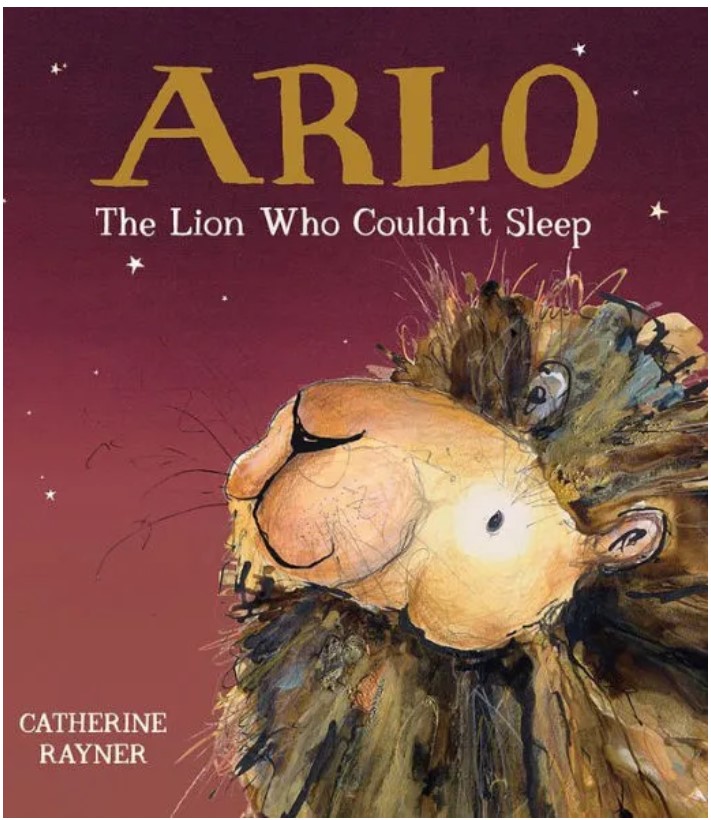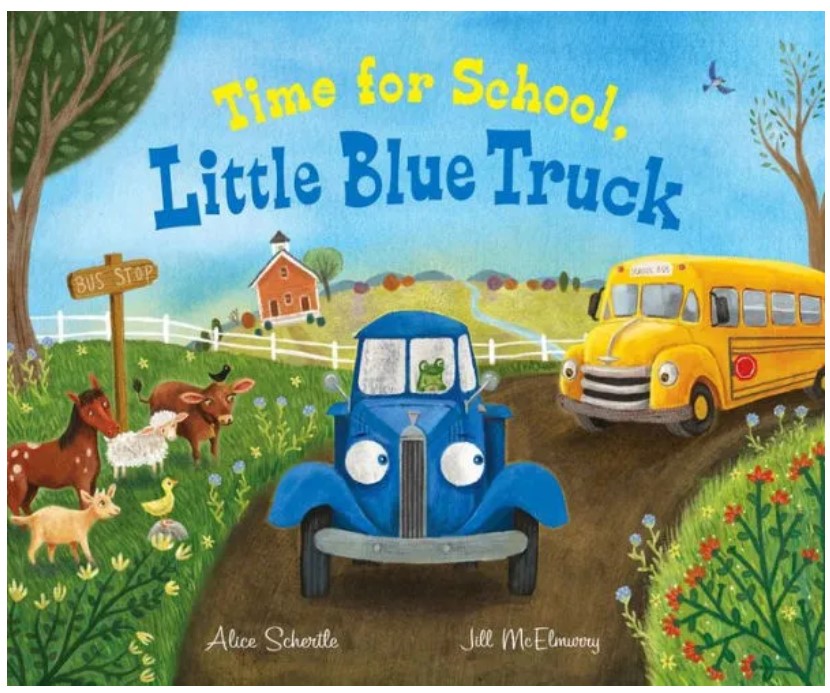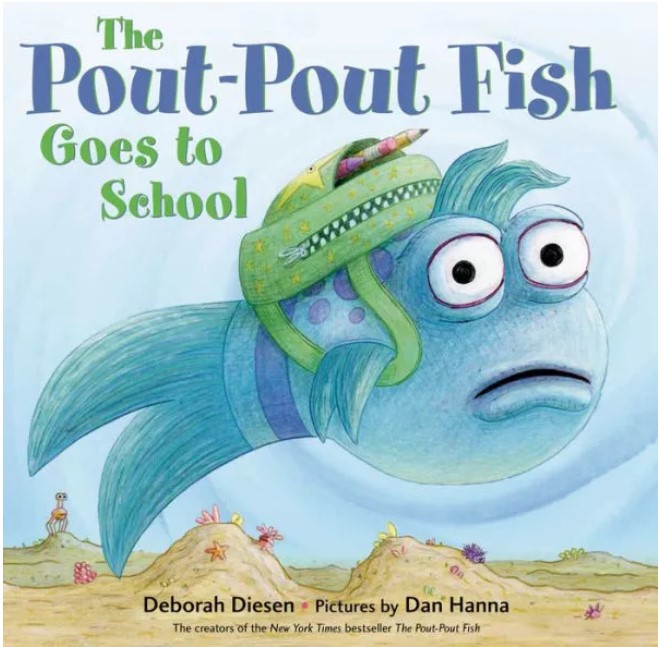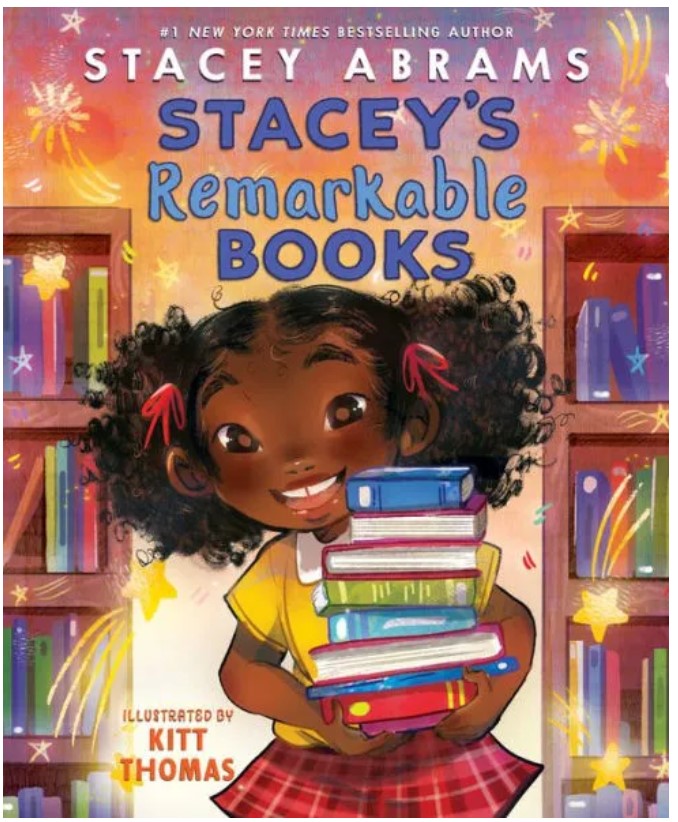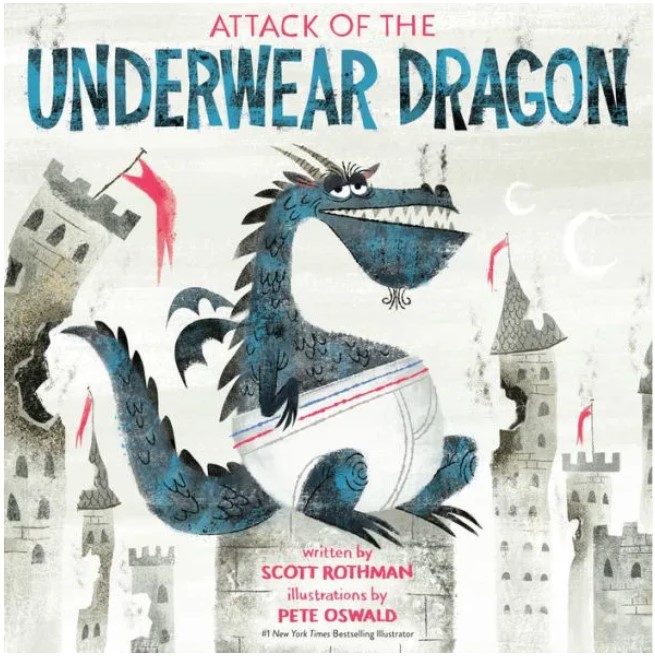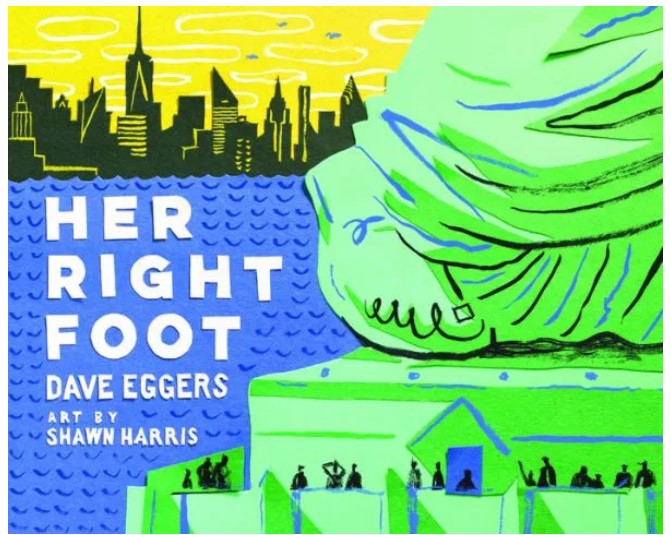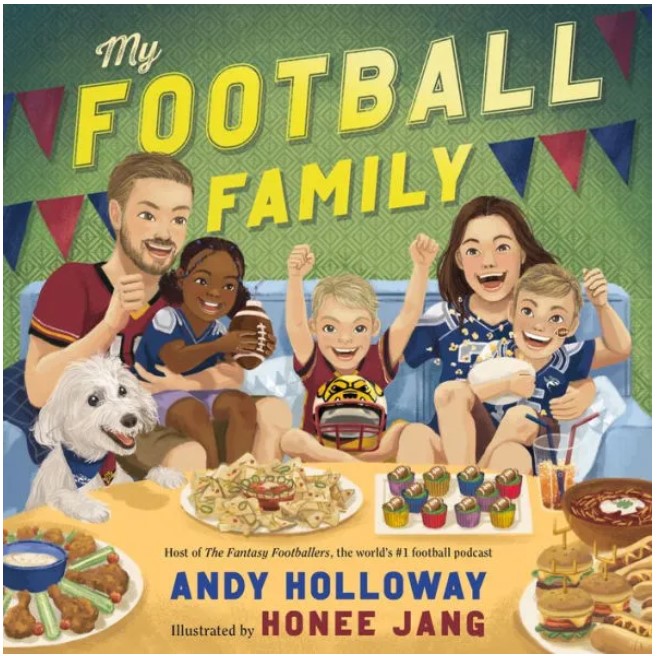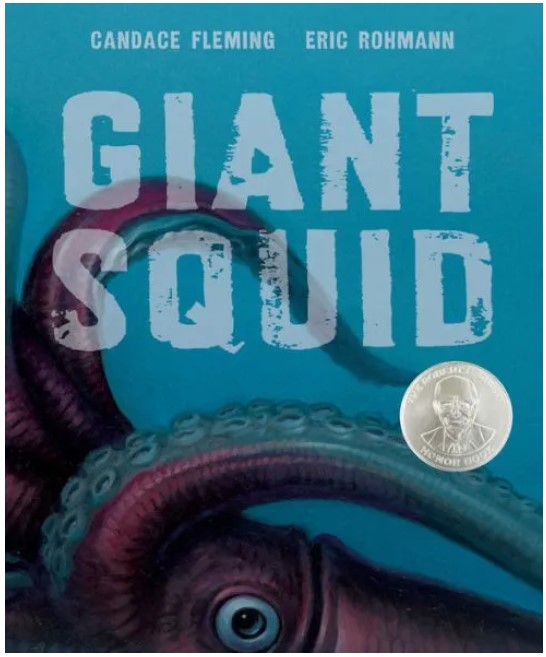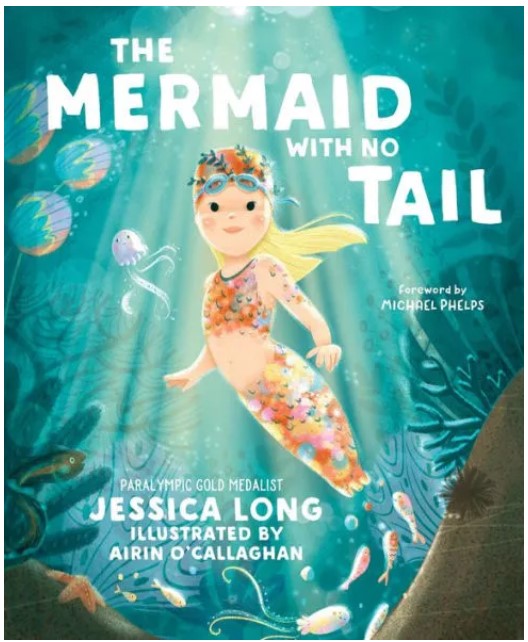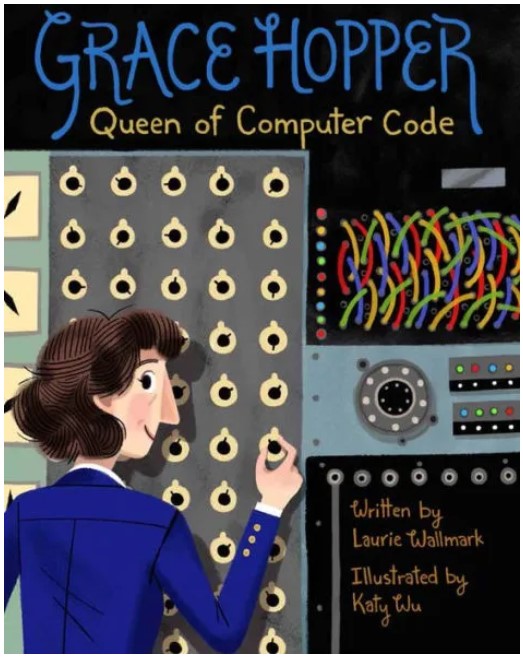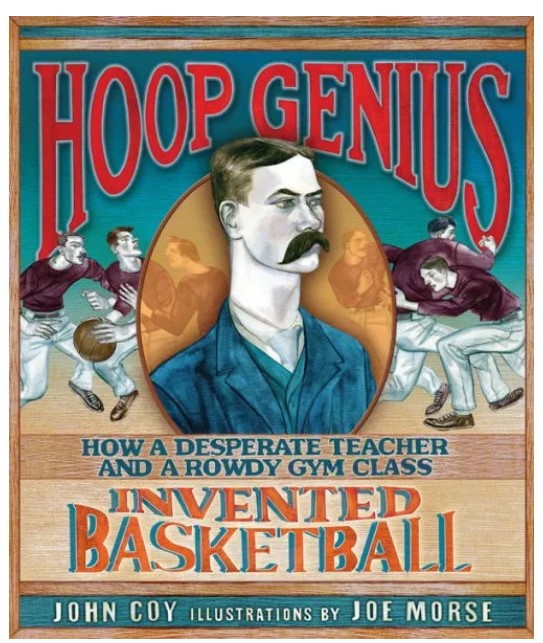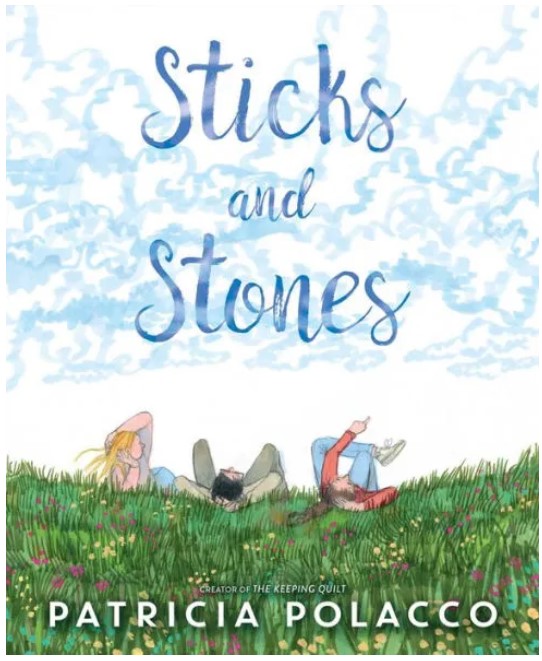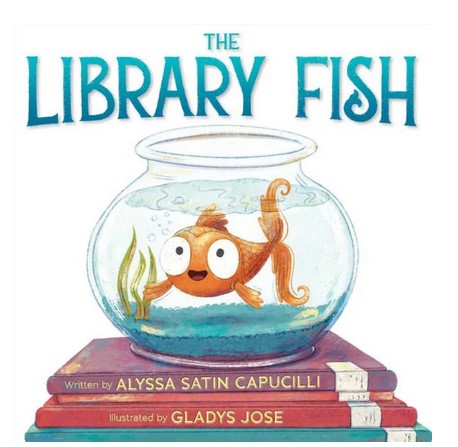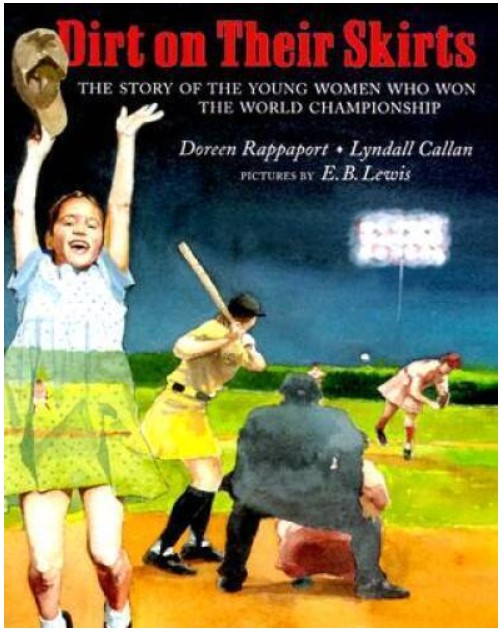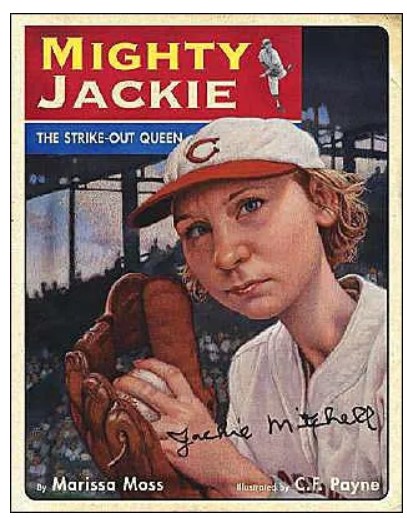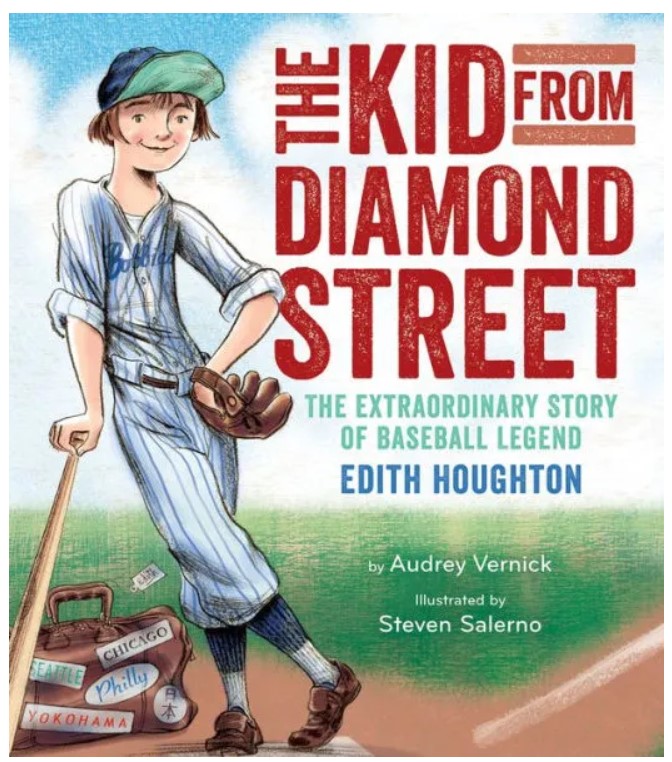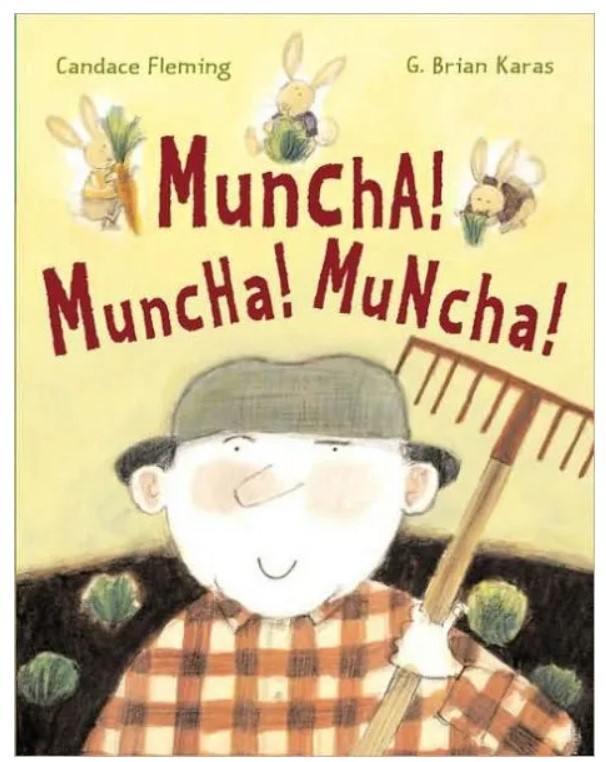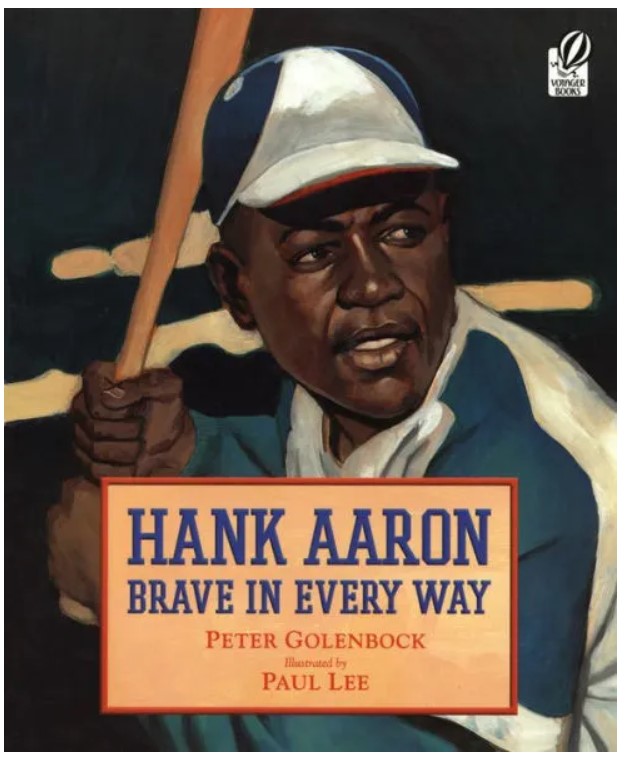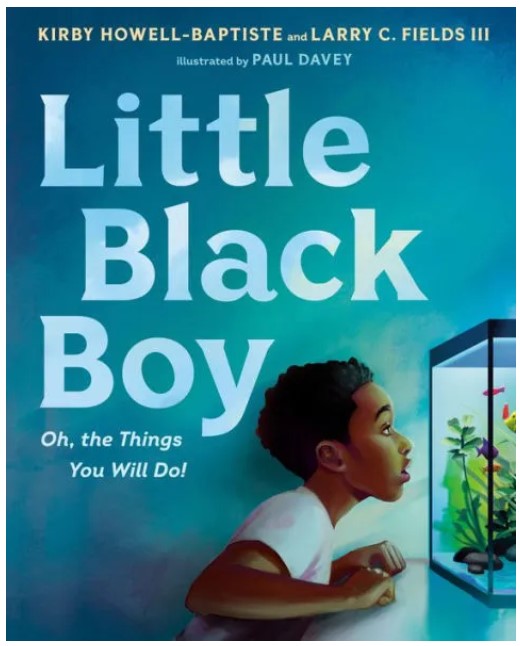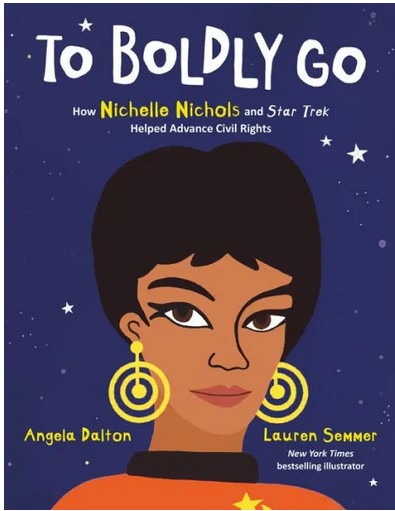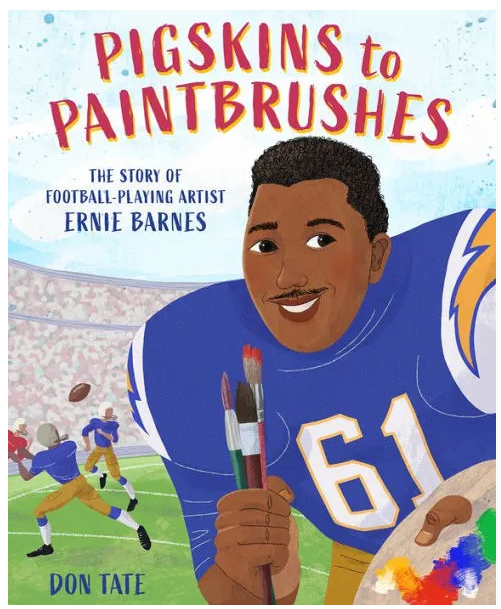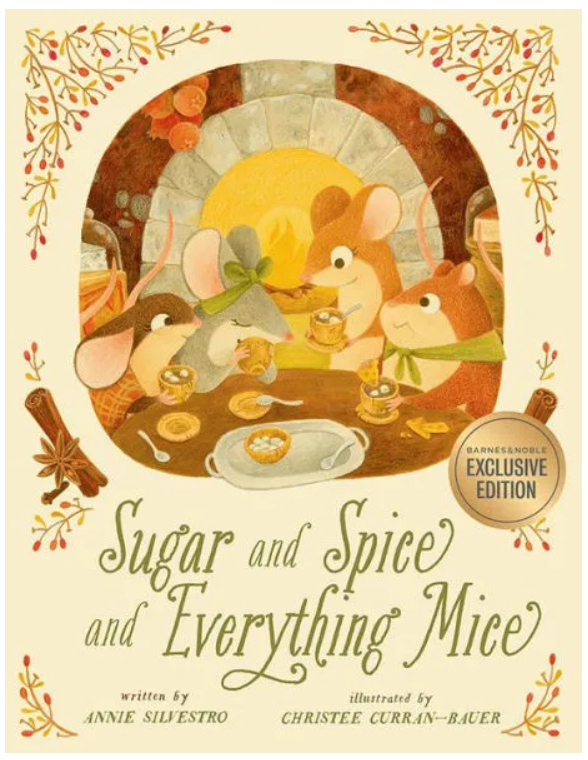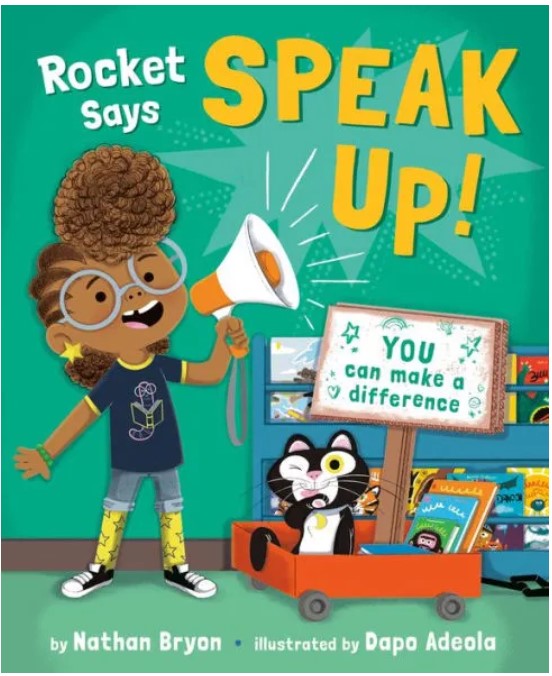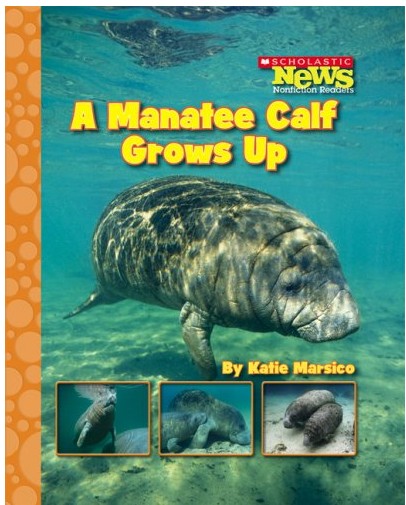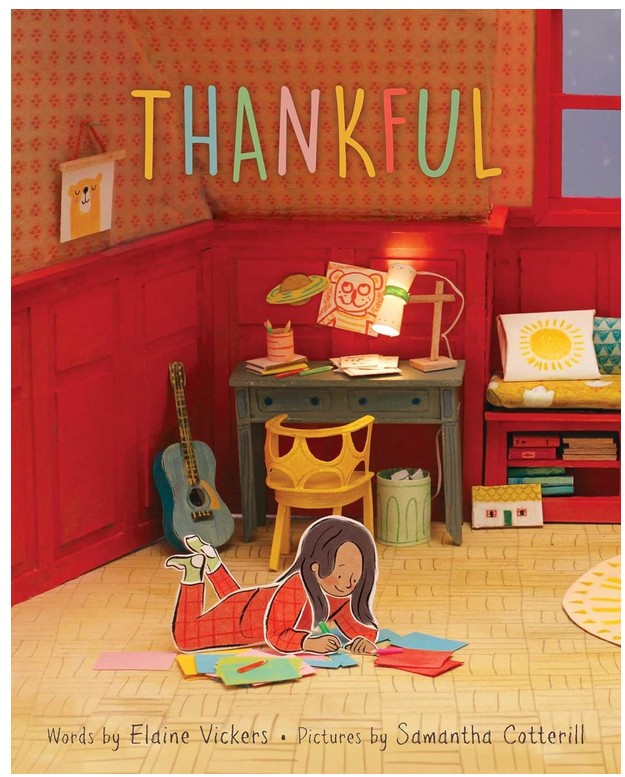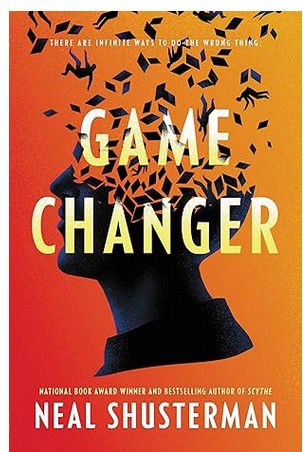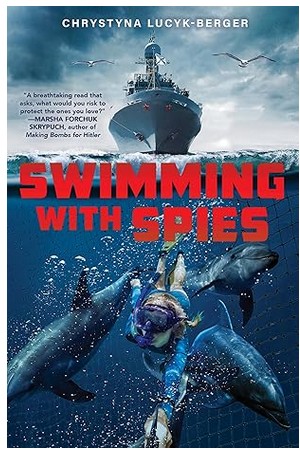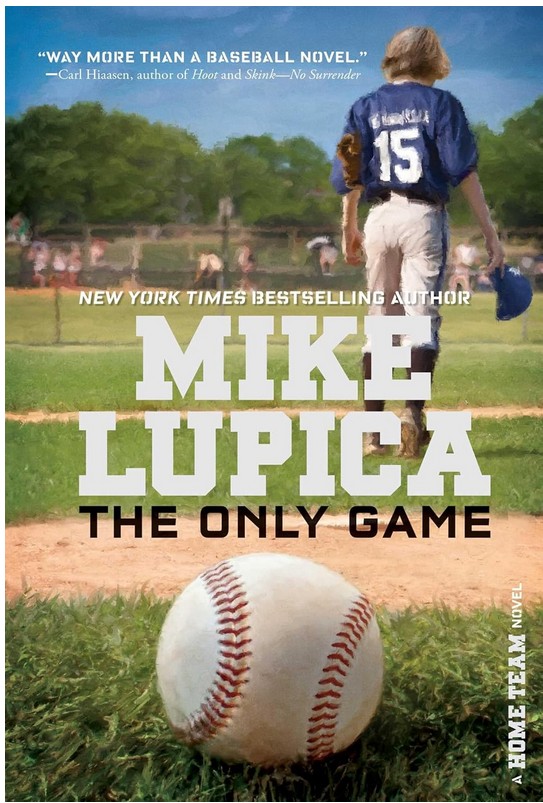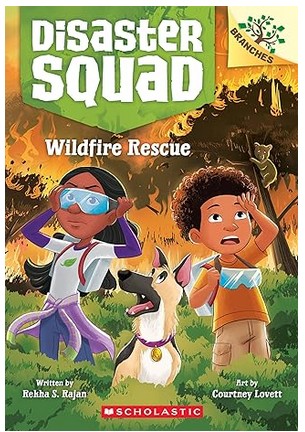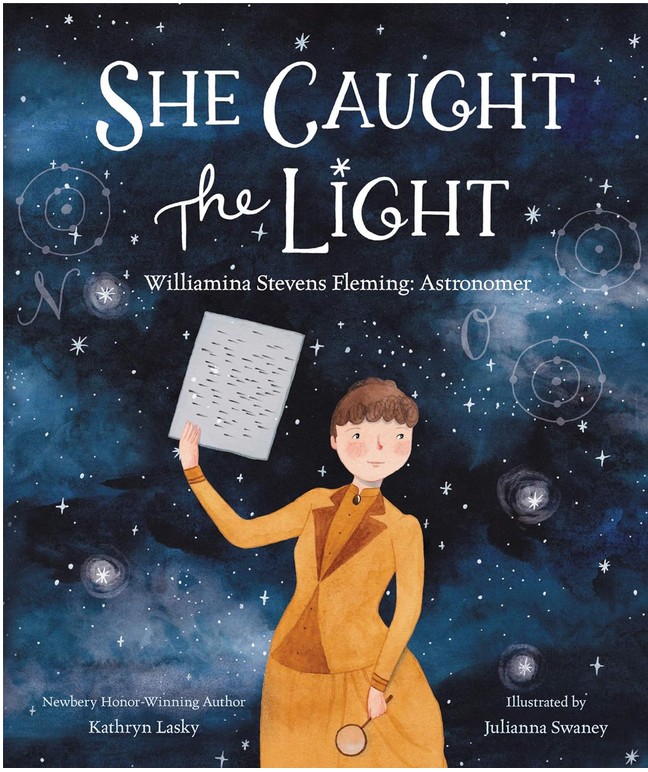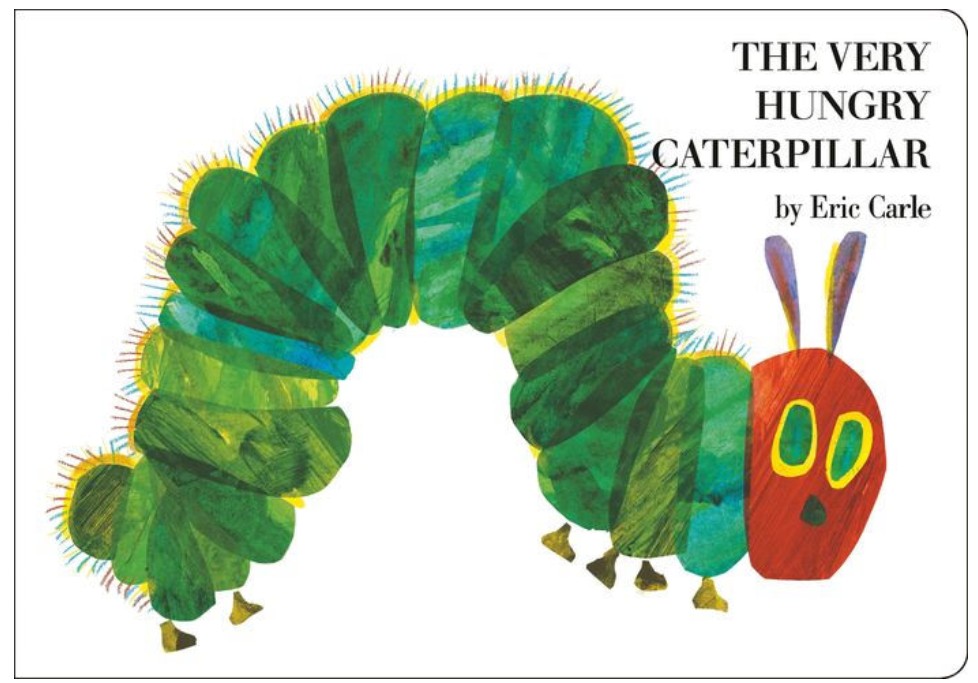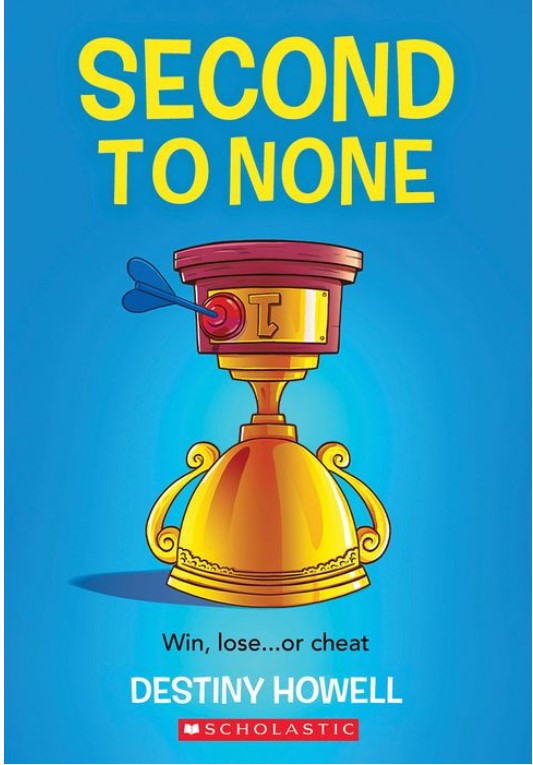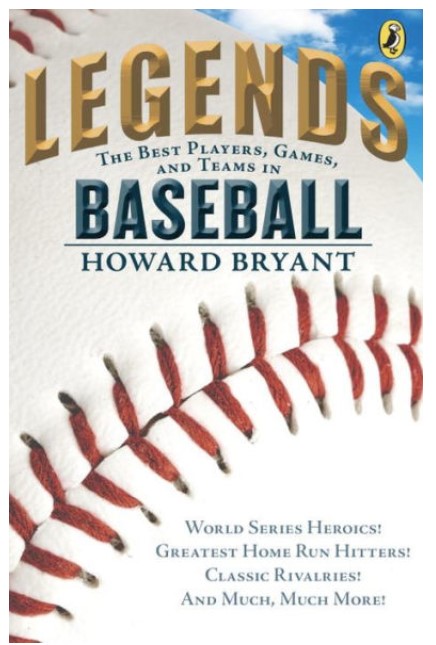Arlo is an exhausted lion. Arlo can’t sleep a wink while his family sleeps soundly each night. He tries to sleep beside his family, but they wriggle too much. He tries to sleep beneath a tree, but its leaves and branches make too much noise. Try as he might, Arlo cannot manage a single night’s rest.
Arlo’s fortune changes when an owl visits him. As a nocturnal animal, the owl is all too familiar with difficult sleeping conditions such as noise and heat. However, the owl sleeps peacefully each day by taking a deep breath and imagining all the places she would like to visit. With the owl’s advice, Arlo finally drifts to sleep. Feeling excited and rejuvenated the next morning, Arlo mistakenly wakes up the owl. After apologizing, Arlo repeats the owl’s advice to her. Soon enough, the owl is sound asleep.
Arlo, the Lion Who Couldn’t Sleep is a sweet bedtime story perfect for restless readers. Parents who may share Arlo’s dilemma can also benefit from the owl’s advice. Along with its central message of how to get a good night’s sleep, the book teaches the importance of supporting your friends. Just as the owl helped Arlo with his problem, Arlo returned the favor at the end of the story.
The book is a short and easy read, with only one to four sentences per page. The story is brought to life by Rayner’s beautiful mixed-media illustrations. Characters and backgrounds are drawn with pencil and colored in with various shades of watercolor paint. Each illustration is a double-page spread, emphasizing the environment’s vast, sweeping landscapes and the scale of its towering animals. Rayner also makes an excellent use of color. Arlo’s restless days are drawn in vibrant shades of yellow and orange, conveying the sun’s harsh heat. The peaceful nights are drawn in shades of dark blue and black, evoking a sense of much-needed calm and quiet.
If you are looking for a gentle bedtime story with a strong central message, Arlo, the Lion Who Couldn’t Sleep is an excellent, beautifully illustrated choice. To help reinforce the importance of sleep, pair Arlo’s story with The Pout-Pout Fish and the Can’t-Sleep Blues by Deborah Diesen.
Sexual Content
- None
Violence
- None
Drugs and Alcohol
- None
Language
- None
Supernatural
- None
Spiritual Content
- None
